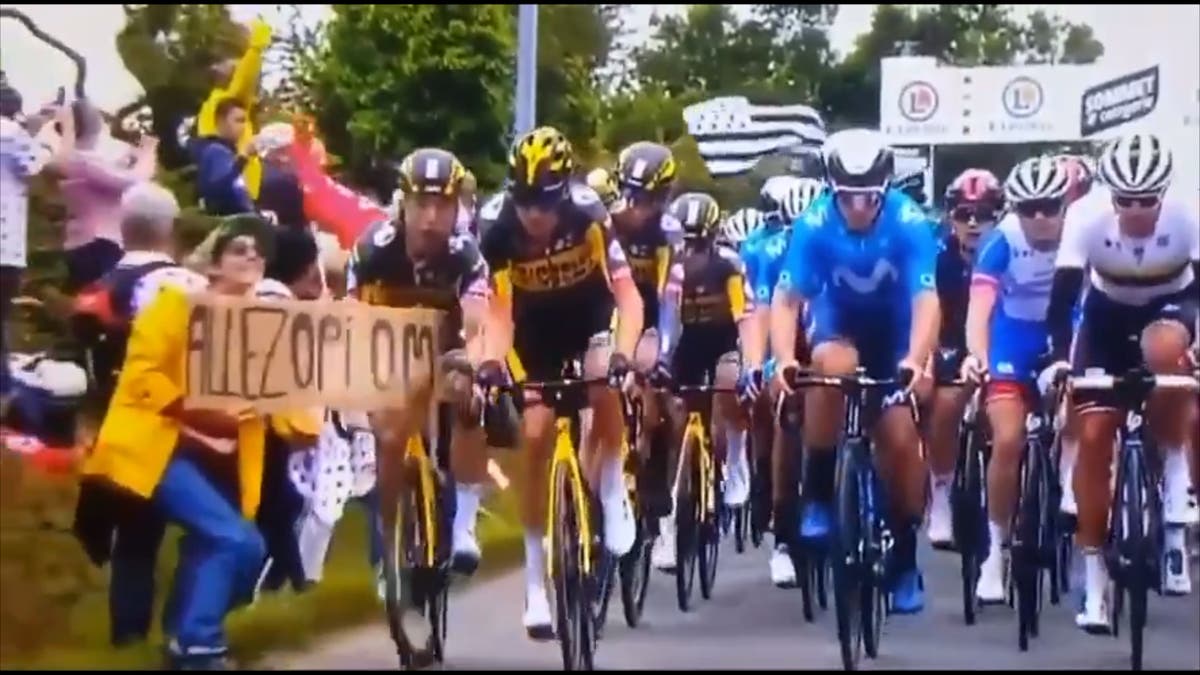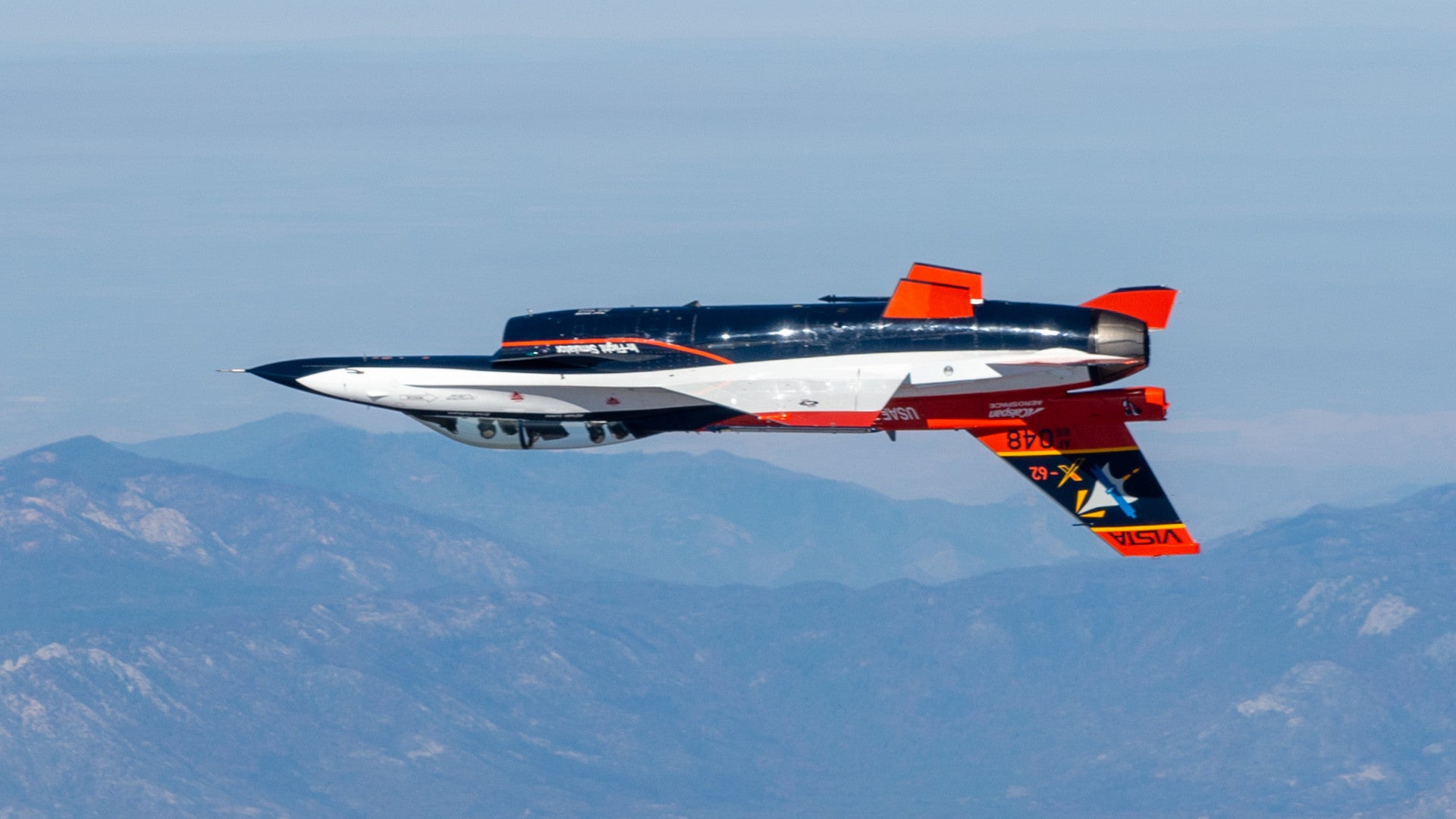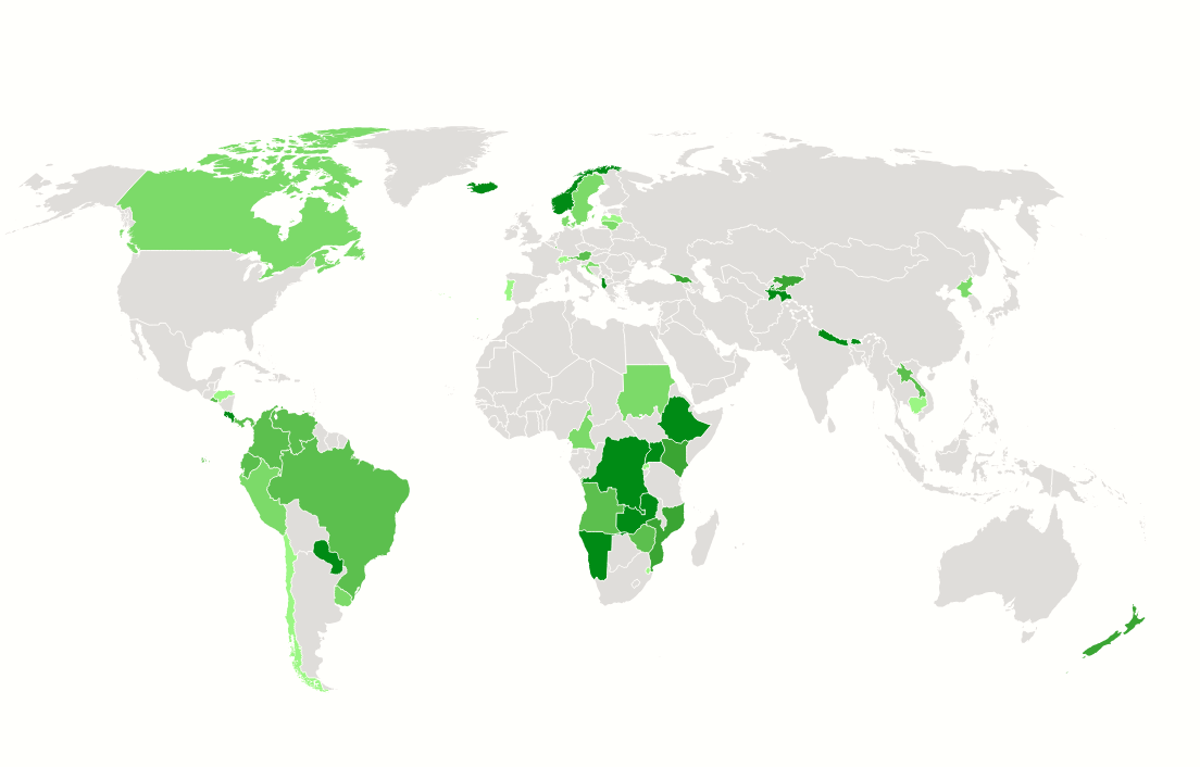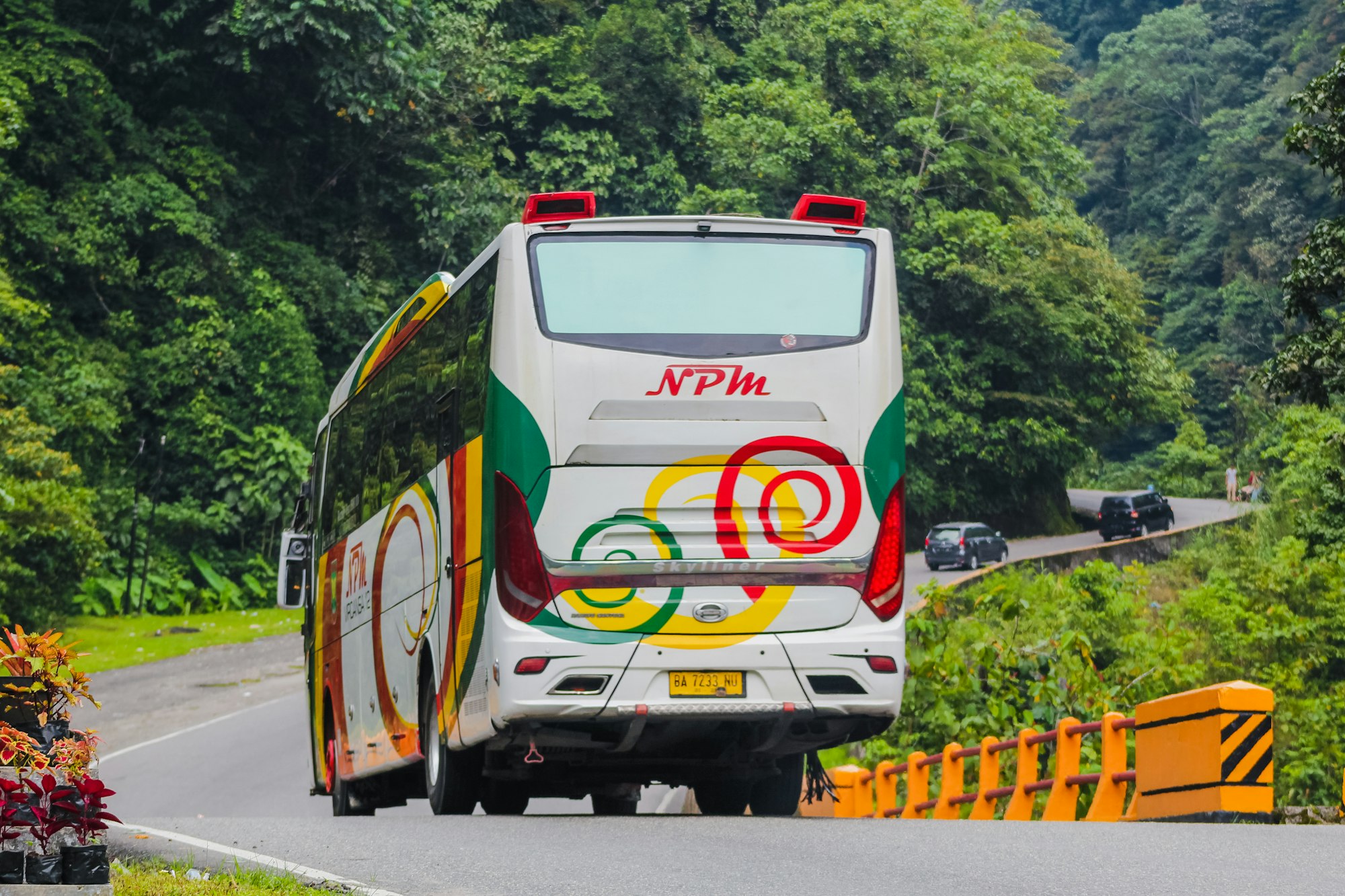Myths in Cycling (1): Wider Tires Are Slower
When we started to publish Bicycle Quarterly 15 years ago, it seemed that most of the technical aspects of bicycles were well-established. And yet, as we tested many different bikes, we started to question many of the things we had accepted as ‘facts.’ To celebrate our 15th anniversary, we’ll look at some of these myths. We’ll explain why we (and everybody else) used to believe them, and how things really work. Let’s start this series with the biggest one:
For almost a century, cyclists ‘knew’ that narrower tires roll faster. Some people realized that in theory, wider tires are faster due to their shorter contact patch, which deforms less as they roll. But the thinking was that in practice, the lower pressure at which wider tires must run limited their performance. If you wanted to go fast, you chose narrow tires.
That is what we thought when we started testing tires almost 12 years ago. And yet, as long-distance riders, we wondered whether the narrowest tires, pumped to the highest pressures, really were optimal for us. What if wider tires were a few percent slower, but their greater comfort reduced our fatigue? Remaining fresh toward the end of a long ride would help us put out more power, so we might go faster in the end. What we needed to know was how much speed we would give up by going to wider tires.






















